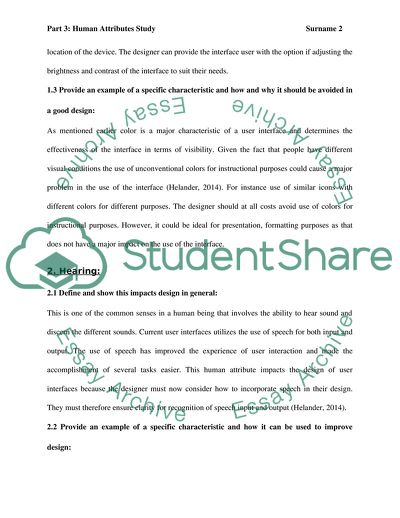Cite this document
(Human Attributes Study Assignment Example | Topics and Well Written Essays - 2500 words, n.d.)
Human Attributes Study Assignment Example | Topics and Well Written Essays - 2500 words. https://studentshare.org/information-technology/1864204-part-3-human-attributes-study
Human Attributes Study Assignment Example | Topics and Well Written Essays - 2500 words. https://studentshare.org/information-technology/1864204-part-3-human-attributes-study
(Human Attributes Study Assignment Example | Topics and Well Written Essays - 2500 Words)
Human Attributes Study Assignment Example | Topics and Well Written Essays - 2500 Words. https://studentshare.org/information-technology/1864204-part-3-human-attributes-study.
Human Attributes Study Assignment Example | Topics and Well Written Essays - 2500 Words. https://studentshare.org/information-technology/1864204-part-3-human-attributes-study.
“Human Attributes Study Assignment Example | Topics and Well Written Essays - 2500 Words”. https://studentshare.org/information-technology/1864204-part-3-human-attributes-study.


